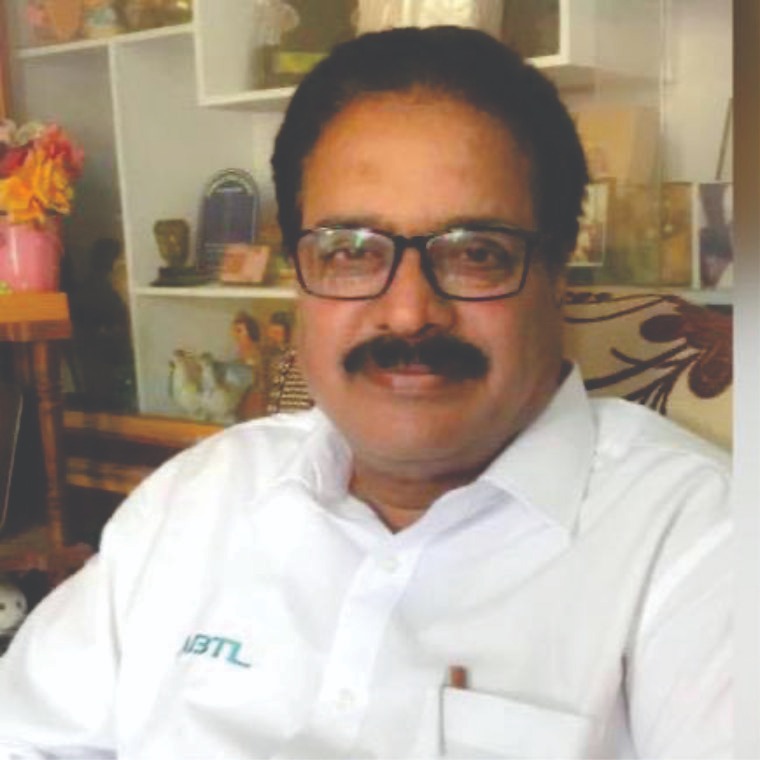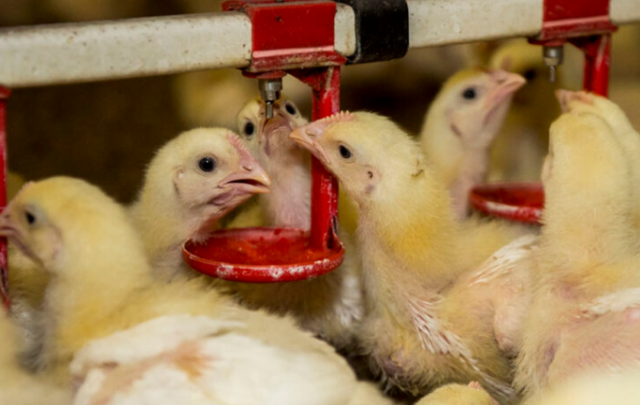Heat wave conditions across India are continuing and temperatures rising in many states.
a) It is important for Poultry producers to keep their flock in a comfortable zone.
Here are a few tips:
In the Poultry shed please use foggers at 5 to 6 feet to reduce the inside temperature to 28 to 30 *C making birds enjoy summer.
a) Fogging System Keep your Poultry farm Cool & Keep your birds away from extra heat.
b) So Mortality due to heatstroke gets very less.
c) Generator backup is a must because birds get habitual to favorable environments,
At normal temperatures, 10,000 layers will drink 2,000 liters of water daily, but their intake will increase by 50% if the house temperature rises to 90° F (32° C) — and that’s when you’re likely to have a problem with wet litter and soiled eggs.
There should be adequate drinker space and more drinkers if layers are floor-reared.
Maintenance of the water system for cleanliness and function is another critically important chore if heat stress is to be prevented in layers.
It’s easy to overlook a nonfunctioning drinker here and there; drinkers must be systematically checked to make sure they’re all working.
During periods of heat stress, birds will deplete electrolytes faster than usual.
a) Potassium is usually depleted the most but sodium and chloride levels can also rapidly fall.
b) Providing birds electrolytes in the drinking water will replenish those that have been lost and encourage the birds to drink.
Immuno modulators Immunotech of ABTL and probiotics CosBac of ABTL in water will give an immense boost and broad support for immunity and gut integrity simultaneously in your flock during heat stress.
Flush water pipes.
Summer temperatures soaring above 40 C across India.
Poultry farms should be well equipped to combat heat stress.
To keep your flock in a safe and comfortable zone at this point is the need for hours for poultry producers.
Drinker line should be flushed two to three times till we feel chill on our hands.
It’s helpful to cool the drinking water by flushing lines in the afternoon.
Cool water helps bring down the birds’ core temperature. If the water is below 77° F (25° C), birds will drink more.
Water over 86° F (30° C) will reduce their water intake, further reducing feed intake.
Water flow should be greater than 70 ml per minute per nipple.
If it isn’t, the lines need to be checked for flow restriction. If there’s a buildup of iron and other minerals – Biofilm.
Maintaining water quality is vital for flock performance in Summer.
Water is often the forgotten nutrient but plays a very important role in unlocking genetic potential.
a) Water quality and management of the system supplying water to the birds is vital to ensuring optimum flock performance.
b) Water constitutes about 55% to 75% of body weight in poultry birds and is considered one of the most important nutrients for their growth and development.
On average, birds consume twice the amount of water as feed on a weight basis.
a) In summer, water consumption is 3-4 times more.
b) Even a slight shortfall of water can lead to heatstroke and mortality.
c) Usually feed, and water consumption ratio is 1:2, but when the temperature shoots beyond 95 0F, this ratio may increase to 1:4 or more.
d) Increase in environmental temperature tends to cause an increase in water intake while a decrease in environmental temperature causes a decrease in water intake.
e) Hence, in addition to its nutritional role, water is more important for thermoregulation in poultry, especially during hot conditions.
Water quality challenges can have detrimental effects on the normal physiology of the birds resulting in reduced performance.
Drinking water for poultry arrives from different sources posing a serious threat to the quality of water due to the presence of a wide variety of
a) bacterial contaminants,
b) inorganic ions
c) or other pollutants,
which directly or indirectly affect the overall performance and health of birds.
Hence, maintaining and providing good quality water is essential for the efficient development of birds in terms of health and nutrition.
Water quality is evaluated by several criteria such as
a) total alkalinity,
b) hardness,
c) total dissolved solids (TDS), etc.,
But the primary and most important parameters in poultry are
a) pH,
b) hardness
c) and microbiological analysis.
d) TDS
Ideal parameters in Poultry drinking water:
a) ideal pH between 6 to 6.5
Hardness increases the pH of water.
b) hardness between 60 – 180
ppm
c) TDS: Less than 1,000 is desirable and No serious burden to any class of poultry.
– between 1,000 to 2,999 is Satisfactory.
d) microbiological analysis:
To be considered acceptable, water should contain less than 100 CFU/ml of coliforms and less than 100,000 CFU/ml of total bacteria.
e) There should be no Salmonella contamination in the drinking water.
d) and microbial count of less than 1000 colonies forming units
( CFU) /ml is optimum for poultry drinking water.
Hard water has higher concentrations of dissolved minerals, such as calcium and magnesium.
a) High levels of magnesium sulfate (MgSO4) may cause an increase in water consumption, wet droppings, and a drop in the production & of thin-shelled eggs.
b) Extreme hardness may diminish the effectiveness of water-administered medications, disinfectants, and cleaning agents.
c) Water is softened by removing these minerals, either mechanically or chemically.
RO water purifiers are used in few Poultry farms where hardness and TDS is on the higher side due to groundwater.
a) Main disadvantage is wastage of water up to 50%.
b) 10% of water is being used for cleaning and washing.
c) Remaining 40% of water is used for gardening and agriculture purposes on few farms.
d) This RO method is more viable in Poultry farms where underground water is adequate and sufficient.
TDS includes inorganic and organic substances that cannot be filtered through filter paper.
The main risk with closed water systems is the build-up of a biofilm which typically is not visible.
a) This biofilm is a thick mucus (slime) secreted by bacteria that builds upon the inside of a waterline if the system is not managed properly.
b) This biofilm can cause flock health challenges as it harbours bacteria such as E. coli and salmonella.
c) Biofilms are also difficult to remove and require mechanical action to remove them from the water system.
d) They may also block nipples or cause them to leak.
A robust cleaning and sanitizing program during a turnaround is recommended to prevent biofilms.
Flush water lines regularly
A high-pressure flush should be performed on water lines between each flock.
Ideal pipeline cleaner in your poultry farm.
Please use DT Smart of Huvepharma which is an alkaline detergent for cleaning of pipes, feeding systems, and cleaning machines between flocks.
a) Breaks down all types of dirt.
b) High descaling and degreasing power.
c) dissolves organic matter and mineral deposits.

Author
Dr V. Rajendra Prasad















